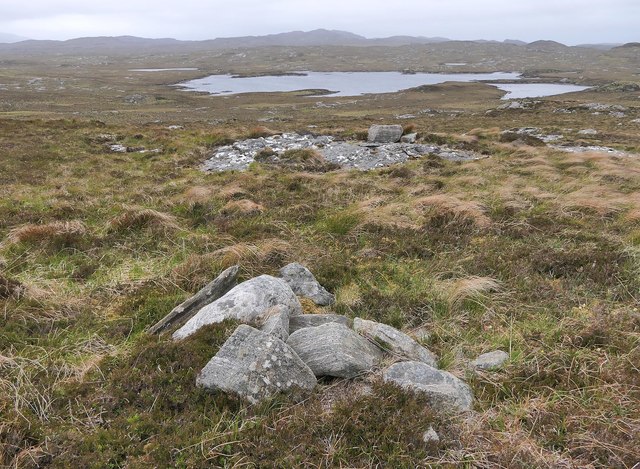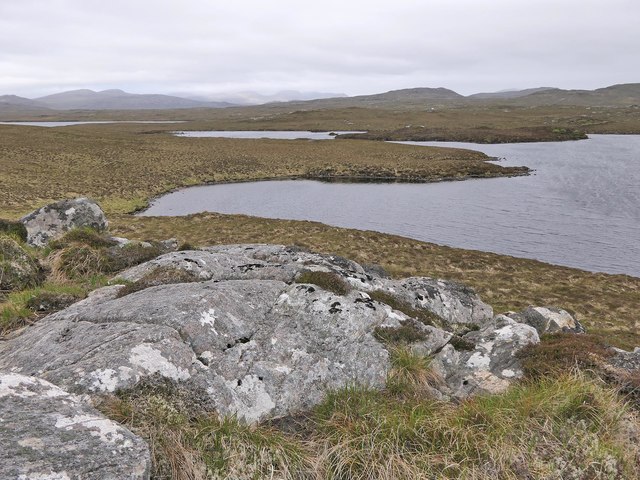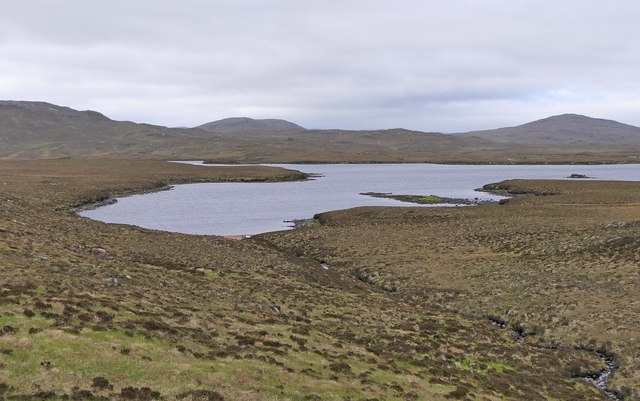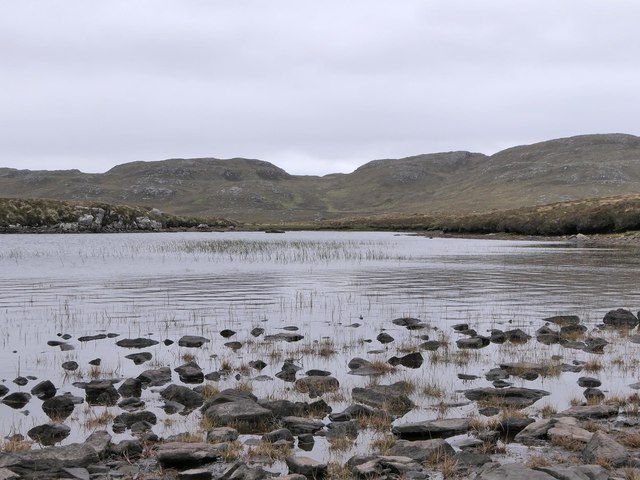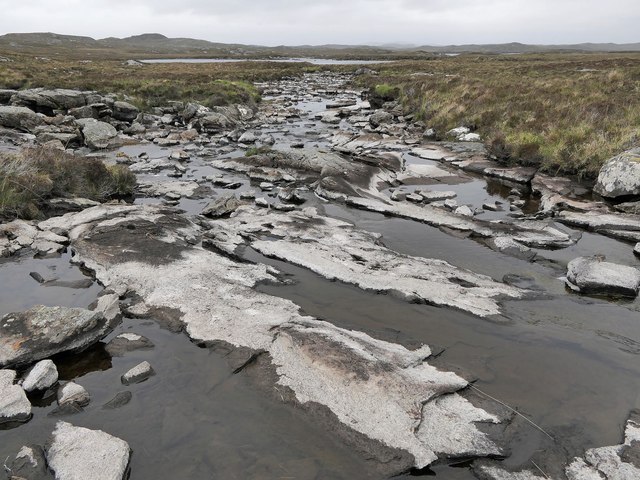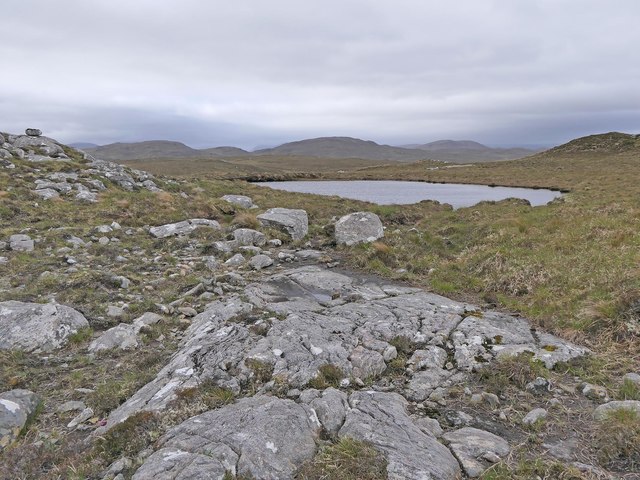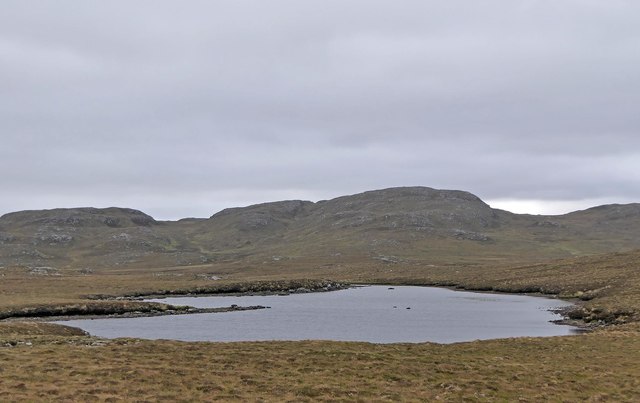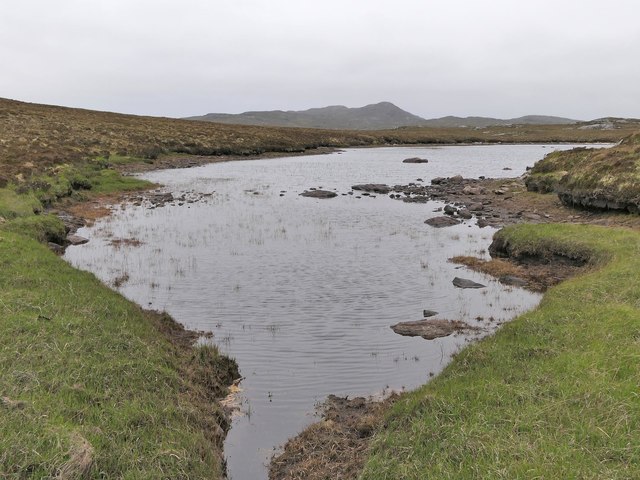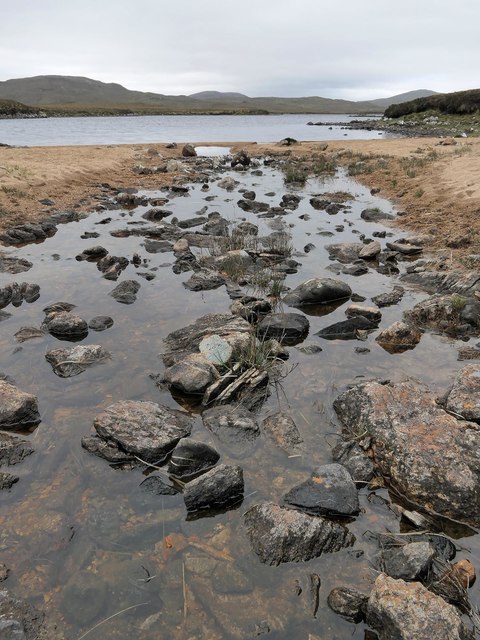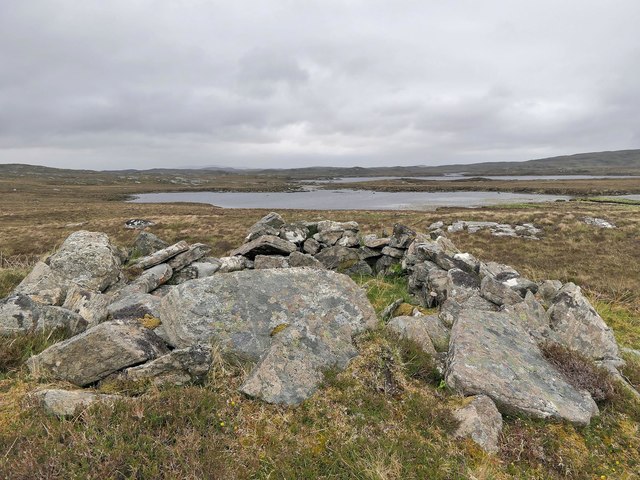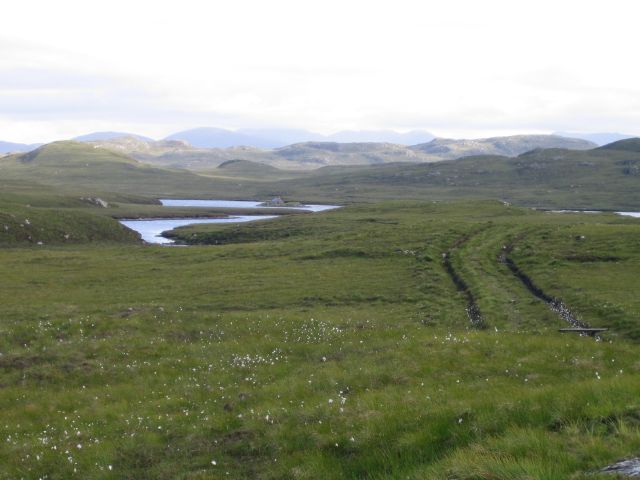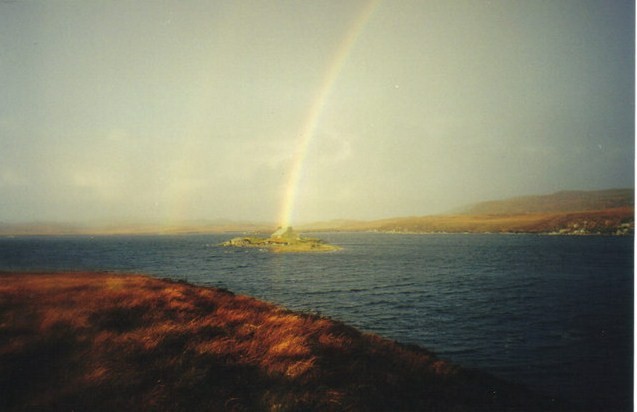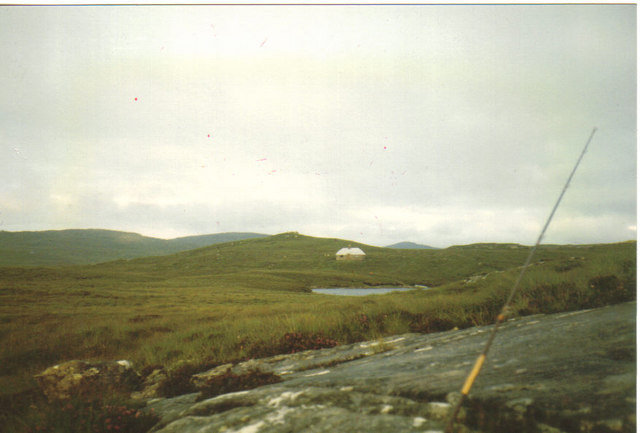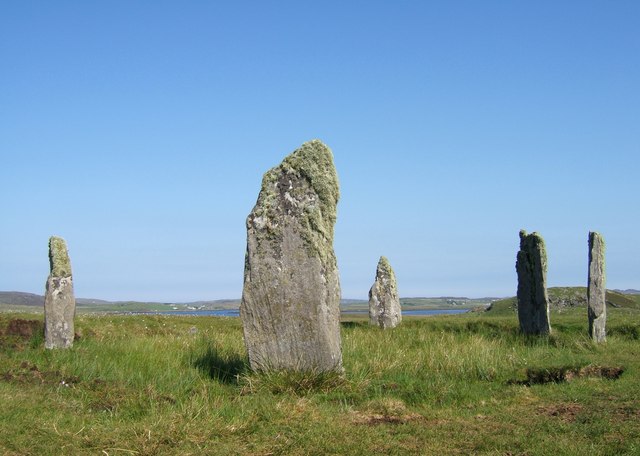Cnoc Taobh Sear nan Dromannan
Hill, Mountain in Ross-shire
Scotland
Cnoc Taobh Sear nan Dromannan
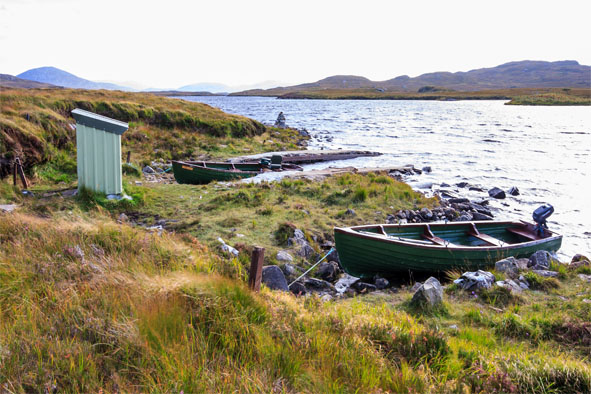
Cnoc Taobh Sear nan Dromannan is a prominent hill/mountain located in Ross-shire, Scotland. Standing at approximately 680 meters (2,231 feet) above sea level, it offers stunning panoramic views of the surrounding landscape.
Situated in the northern part of the country, Cnoc Taobh Sear nan Dromannan is part of the wider Scottish Highlands region, known for its rugged beauty and diverse wildlife. The hill/mountain is characterized by its steep slopes, rocky outcrops, and heather-covered terrain, which provide a challenging yet rewarding hiking experience for outdoor enthusiasts.
The ascent to the summit of Cnoc Taobh Sear nan Dromannan is popular among hillwalkers and climbers, who are rewarded with breathtaking vistas across the surrounding countryside. On a clear day, it is possible to see the nearby Munros (mountains over 3,000 feet) of the Torridon range, including Liathach and Beinn Eighe.
The area surrounding the hill/mountain is rich in flora and fauna, with a variety of plant species, including heather, moss, and wildflowers, dotting the landscape. Wildlife enthusiasts may spot red deer, golden eagles, and ptarmigan, among other species, while exploring the area.
Cnoc Taobh Sear nan Dromannan is easily accessible by foot, with several well-marked trails leading to its summit. However, caution is advised, as weather conditions can change rapidly, and the terrain can be challenging and uneven.
Overall, Cnoc Taobh Sear nan Dromannan offers a unique opportunity to experience the natural beauty of the Scottish Highlands, providing hikers with a memorable adventure and breathtaking views of the surrounding landscape.
If you have any feedback on the listing, please let us know in the comments section below.
Cnoc Taobh Sear nan Dromannan Images
Images are sourced within 2km of 58.137452/-6.7534532 or Grid Reference NB2026. Thanks to Geograph Open Source API. All images are credited.
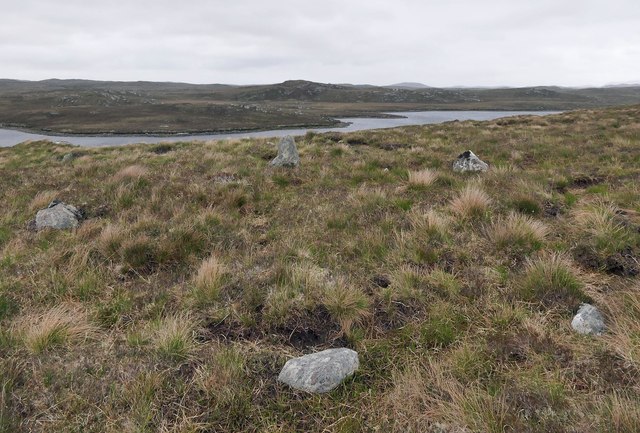
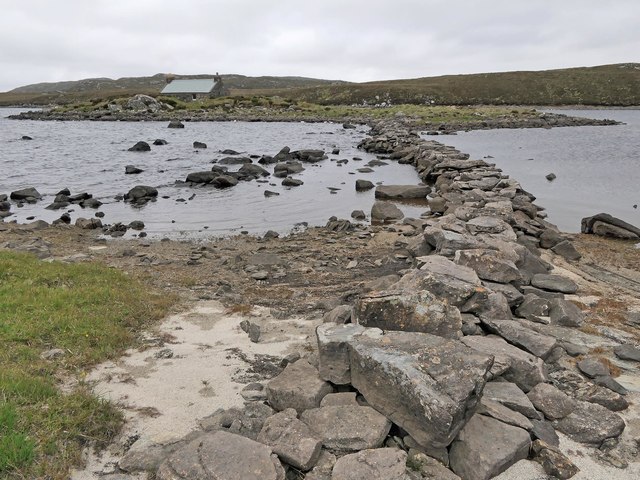
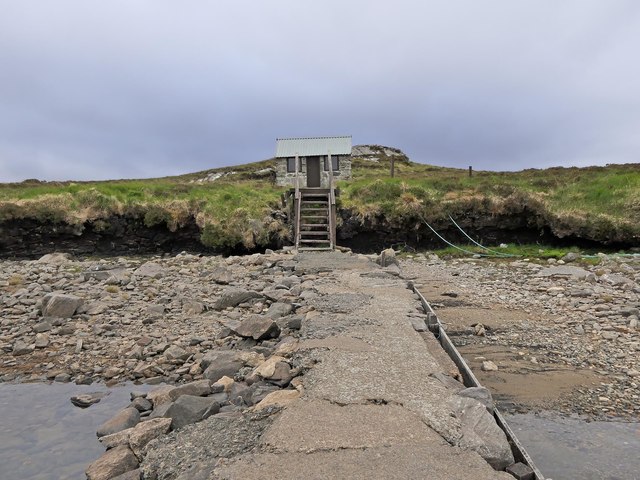
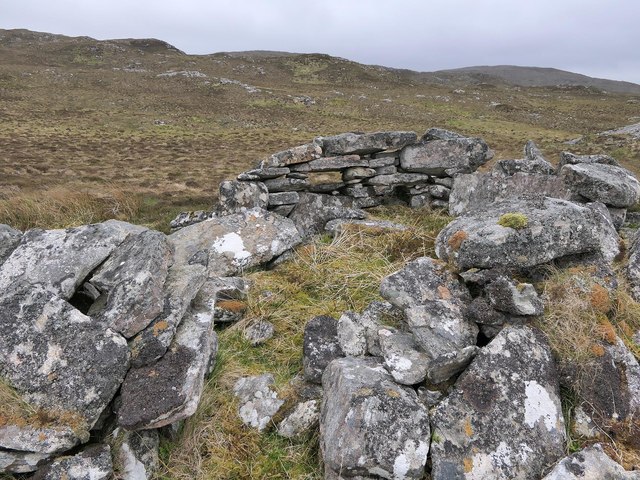
Cnoc Taobh Sear nan Dromannan is located at Grid Ref: NB2026 (Lat: 58.137452, Lng: -6.7534532)
Unitary Authority: Na h-Eileanan an Iar
Police Authority: Highlands and Islands
What 3 Words
///case.sharpen.summaries. Near Leurbost, Na h-Eileanan Siar
Related Wikis
Eilean Mòr, Loch Langavat
Eilean Mòr is an island in Loch Langavat on the Isle of Lewis in the Outer Hebrides of Scotland. == Footnotes ==
Callanish IV
The Callanish IV stone circle (Scottish Gaelic: Ceann Hulavig) is one of many megalithic structures around the better-known (and larger) Calanais I on...
Garynahine
Garynahine (Scottish Gaelic: Gearraidh na h-aibhne) is a settlement on Lewis, in the Outer Hebrides, Scotland. Garynahine is situated at a T-junction where...
Garynahine Estate
Garynahine Estate (Scottish Gaelic: Gearraidh na h-aibhne) in Garynahine, a village on the Isle of Lewis, Outer Hebrides was owned by Sir James Matheson...
Have you been to Cnoc Taobh Sear nan Dromannan?
Leave your review of Cnoc Taobh Sear nan Dromannan below (or comments, questions and feedback).
